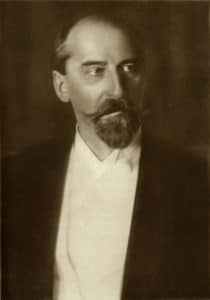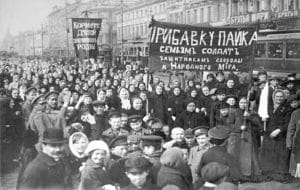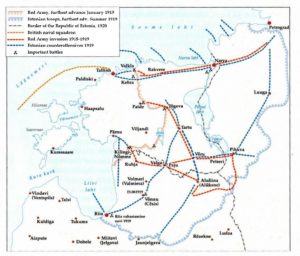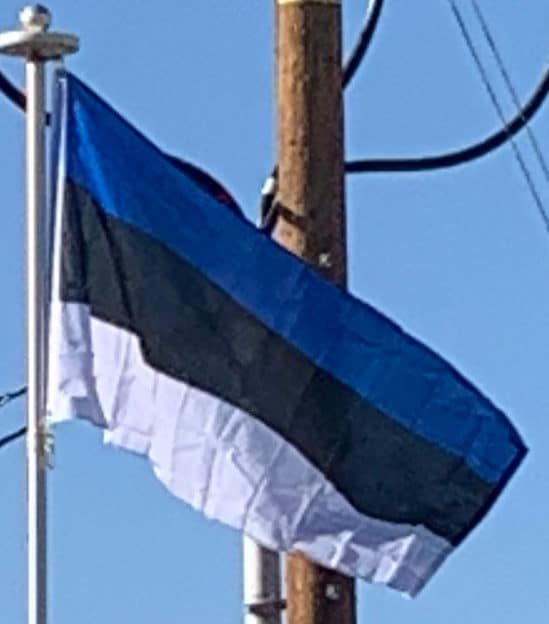
During the 1905 Revolution the first legal Estonian political parties were founded. An Estonian national congress was convened and demanded the unification of Estonian areas into a single autonomous territory and an end to Russification. During the unrest peasants and workers attacked manor houses. The Tsarist government responded with a brutal crackdown; some 500 people were executed and hundreds more were jailed or deported to Siberia.
Independence:
In 1917, after the February Revolution, the governorate of Estonia was expanded to include Estonian speaking areas of Livonia and was granted autonomy, enabling formation of the Estonian Provincial Assembly. Bolsheviks seized power during the October Revolution, and disbanded the Provincial Assembly. However the Provincial Assembly established the Salvation Committee, and during the short interlude between Russian retreat and German arrival, the committee declared the independence of Estonia on 24 February 1918, and formed the Estonian Provisional Government. German occupation immediately followed, but after their defeat in World War I the Germans were forced to hand over power to the Provisional Government on 19 November.

On 28 November 1918 Soviet Russia invaded, starting the Estonian War of Independence. The Red Army came within 30 km from Tallinn, but in January 1919, the Estonian Army, led by Johan Laidoner, went on a counter-offensive, ejecting Bolshevik forces from Estonia within a few months. Renewed Soviet attacks failed, and in spring, the Estonian army, in co-operation with White Russian forces, advanced into Russia and Latvia. In June 1919, Estonia defeated the German Landeswehr which had attempted to dominate Latvia, restoring power to the government of Kārlis Ulmanis there. After the collapse of the White Russian forces, the Red Army launched a major offensive against Narva in late 1919, but failed to achieve a breakthrough. On 2 February 1920, the Tartu Peace Treaty was signed between Estonia and Soviet Russia, with the latter pledging to permanently give up all sovereign claims to Estonia.

In April 1919, the Estonian Constituent Assembly was elected. The Constituent Assembly passed a sweeping land reform expropriating large estates, and adopted a new highly liberal constitution establishing Estonia as a parliamentary democracy. In 1924, the Soviet Union organised a communist coup attempt, which quickly failed. Estonia’s cultural autonomy law for ethnic minorities, adopted in 1925, is widely recognized as one of the most liberal in the world at that time. The Great Depression put heavy pressure on Estonia’s political system, and in 1933, the right-wing Vaps movement spearheaded a constitutional reform establishing a strong presidency. On 12 March 1934 the acting head of state, Konstantin Päts, declared a state of emergency, falsely claiming that the Vaps movement had been planning a coup. Päts, together with general Johan Laidoner and Kaarel Eenpalu, established an authoritarian regime, where the parliament was dissolved and the newly established Patriotic League became the only legal political party. To legitimize the regime, a new constitution was adopted and elections were held in 1938. Opposition candidates were allowed to participate, but only as independents, while opposition parties remained banned. The Päts regime was relatively benign compared to other authoritarian regimes in interwar Europe, and there was no systematic terror against political opponents.
